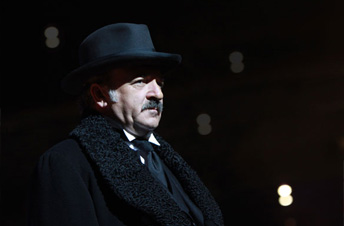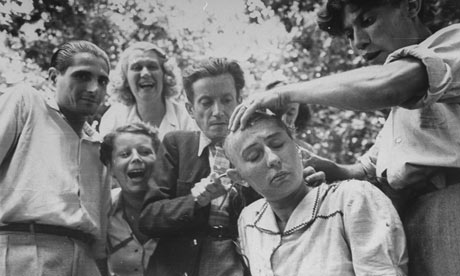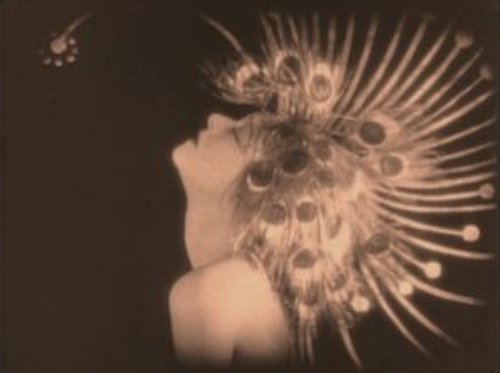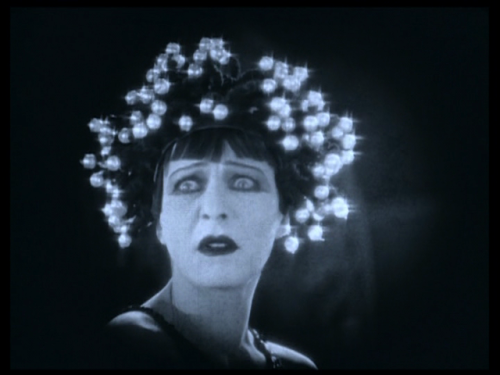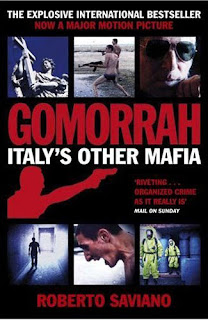Although best known as Andrew Foyle from Foyle's War or 'that guy from the Diet Coke ad', Julian Ovenden is a well-respected and in demand musical theatre performer. Having gained his education (Eton and Oxford no less) through musical scholarships, Julian has been staring in musicals since his 2000 début as Frank Sheppard in the Donmar Warehouse's production of Merrily We Roll Along. I have so far had the pleasure of seeing him in Merrily, Grand Hotel and Marguerite. However, it wasn't until summer 2010 that he finally found a huge audience with his critically acclaimed performances in two proms: Sondheim at 80 and John Wilson's Rogers & Hammerstein tribute. The response from the public was overwhelming and resulted in a record deal with Decca.
This is no musical theatre album though. Instead, it's a celebration of the brass-filed, Bond-esque sound that has long-since disappeared from the charts. Opening track, It Hurts To Say Goodbye. sounds like it's come straight out of a Bond film but was made famous by Vera Lynn in the 1950s. If You Go Away is a version of Jacques Brel's 1959 Ne Me Quitte Pas. There have been so many cover versions of that song (my favourites are Scott Walker's and Marc Almond's), but every version brings something new, and Julian's take, mixing English and French, is all about vocal and musical quality. Woman To Man was released in 1990 by Harriet (who?! This woman apparently), but Julian has made it much more fun. I could go on. The eclectic song choices give old standards and more obscure, more recent songs a new lease of life.
Why I'm addicted to this album at the moment, then, is the perfect combination of song choices (some incredibly catchy), with beautifully produced orchestrations that beg to be played very loud, and of course an incredible voice, with impressive range and depth. Julian says his album is "Music for grown ups", and it certainly is, yet what's so captivating about it is the almost child-like enthusiasm he brings to every track. I can't wait to see the album performed live in November!












